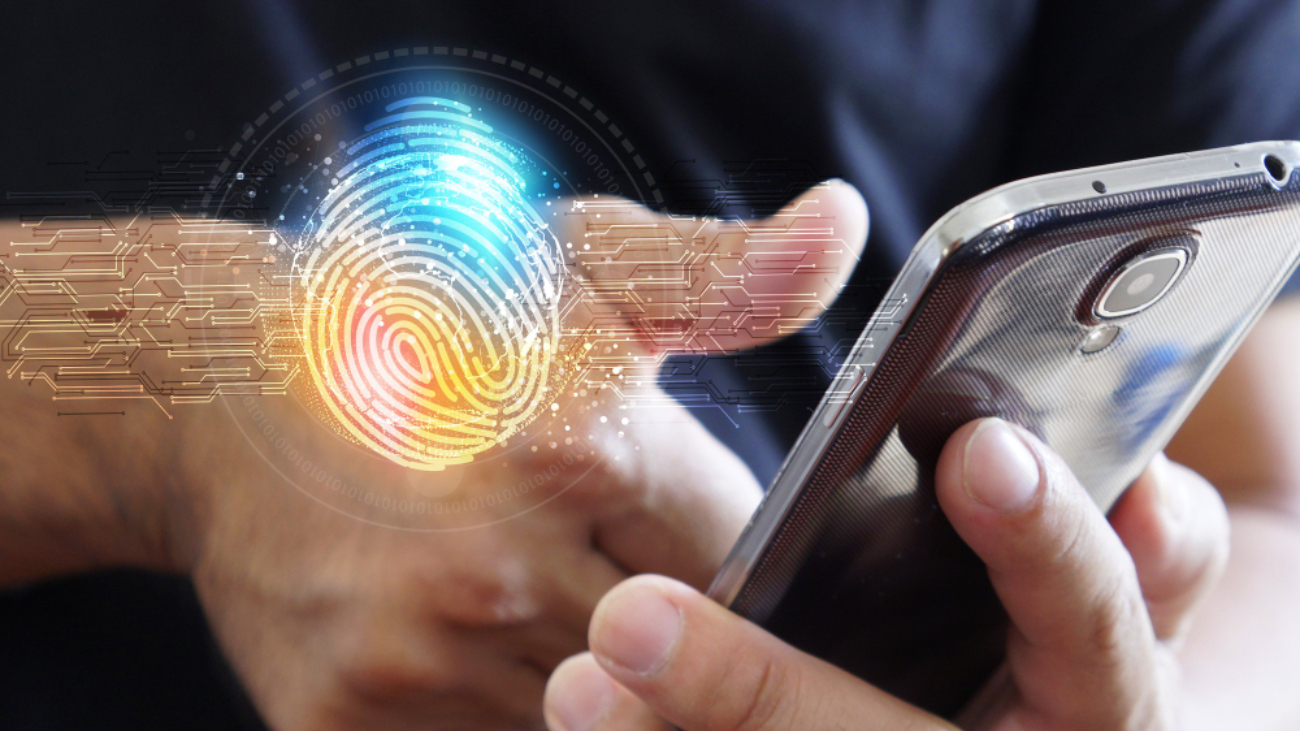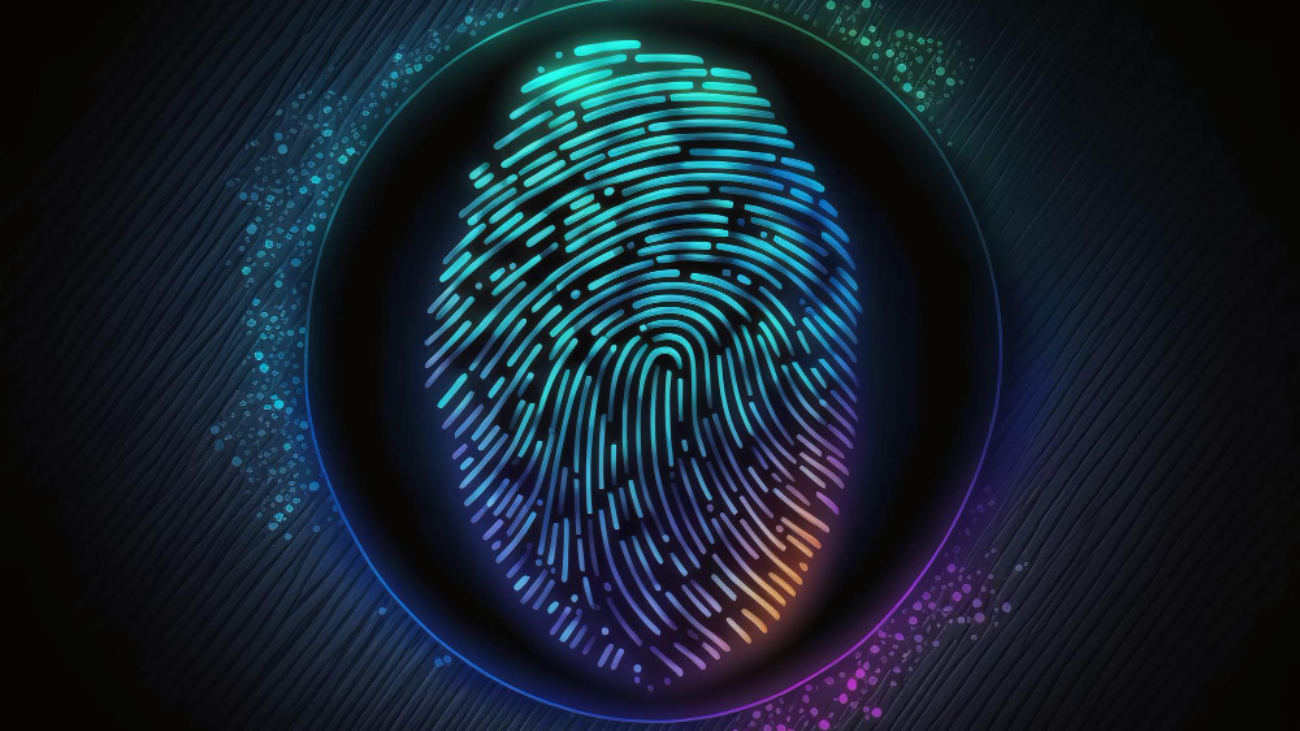Access control systems play a crucial role in safeguarding sensitive information and protecting physical spaces feels Bahaa Abdul Hadi. Traditionally, these systems have relied on conventional methods such as passwords, PINs, or access cards. However, advancements in biometric technology have revolutionized access control systems, offering enhanced security and convenience. One of the key developments in this field is the concept of biometric fusion, which combines multiple biometric modalities to create a more robust and reliable system. The role of biometric fusion in next-generation access control systems should be explored further.
Aspects of Biometric Fusion
Biometric fusion involves the integration of two or more biometric modalities, such as fingerprint, iris, face, or voice recognition. By combining these modalities, access control systems can overcome the limitations of individual biometric methods and enhance the accuracy and reliability of user identification. Biometric fusion offers several advantages over single-modal biometric systems.
Firstly, biometric fusion improves the overall accuracy of user identification. Individual biometric systems can be susceptible to false positives or false negatives due to factors such as environmental conditions or variations in biometric traits. By fusing multiple modalities, the system can cross-validate the results and minimize the chances of errors. For example, if a face recognition system fails to identify a user due to poor lighting conditions, the system can rely on fingerprint or voice recognition to authenticate the user. This increases accuracy in the system.
Secondly, biometric fusion enhances the security of access control systems. Single-modal biometric systems can be vulnerable to spoofing or replication attacks, where an adversary tries to deceive the system by presenting fake biometric data. By fusing multiple biometric modalities, the system becomes more resilient to such attacks. For instance, it is highly unlikely for an attacker to replicate multiple biometric traits simultaneously, such as the fingerprint, iris, and voice of an authorized user. Thus, biometric fusion provides an additional layer of security to access control systems, making them more robust and resistant to unauthorized access.
How it Helps Users
Biometric fusion improves user convenience and usability. Different biometric modalities have their own strengths and weaknesses. For example, fingerprint recognition may be fast and accurate, but it may not work well for individuals with damaged or dirty fingers. By combining different modalities, access control systems can provide flexibility to users, allowing them to choose the most suitable biometric trait for authentication. This ensures a smoother user experience and reduces the chances of authentication failures or inconveniences caused by a single biometric method.
Final Lines
In conclusion, the role of biometric fusion in next-generation access control systems is crucial for enhancing security, accuracy, and user convenience. By combining multiple biometric modalities, these systems can overcome the limitations of individual methods, minimize errors, and provide a more robust defense against unauthorized access. Biometric fusion represents a significant step forward in the evolution of access control systems and promises a future where security and convenience can coexist seamlessly. As technology continues to advance, we can expect further innovations in biometric fusion, driving the development of even more sophisticated and effective access control systems.
Thank you for your interest in Bahaa Abdul Hadi blogs. For more information, please reach out to www.bahaaabdulhadi.com







